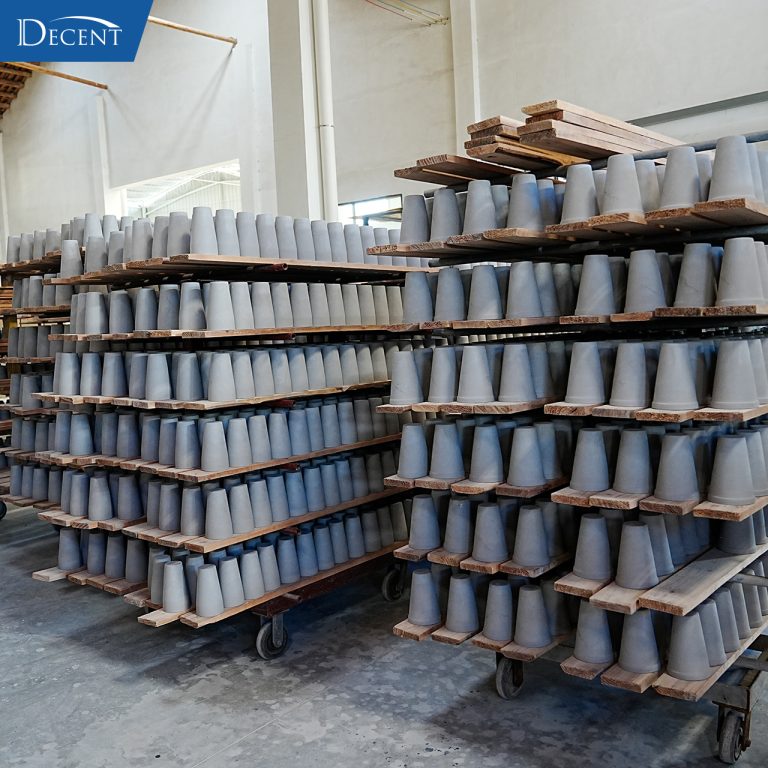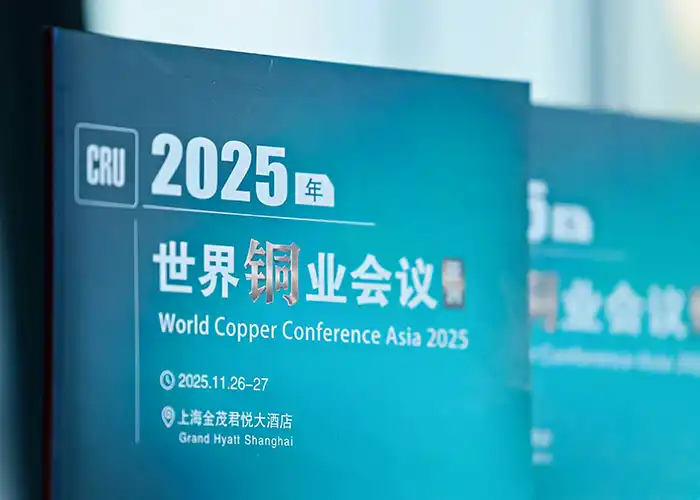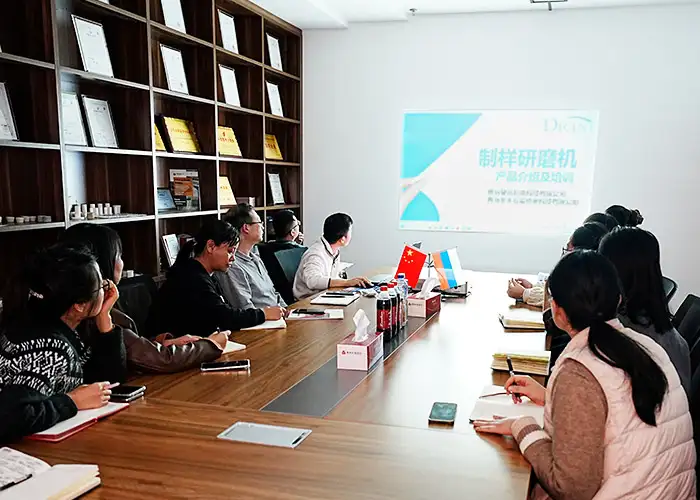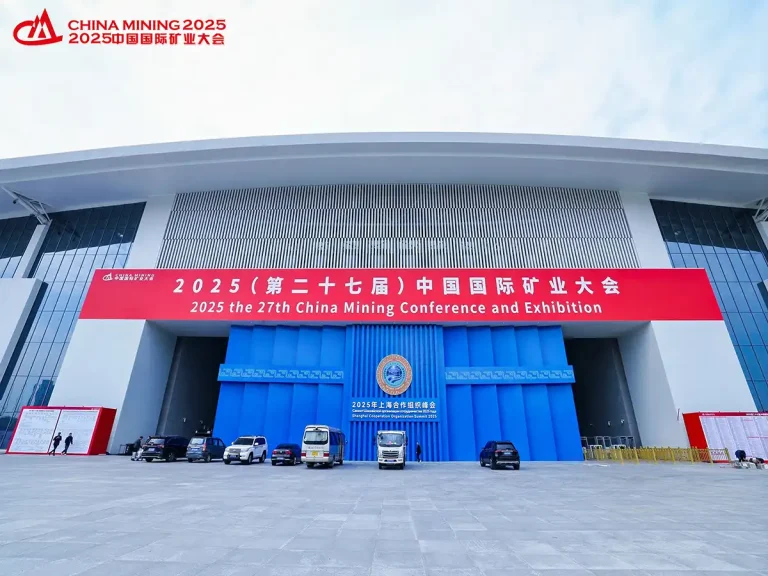What Does the 1000 Kilometer Long Rare Earth Deposit in the Himalayas Mean?
Rare earth, commonly known as “industrial flavor enhancers,” is a collective term for 17 elements on the periodic table including lanthanum, cerium, praseodymium, neodymium, promethium, samarium, europium, gadolinium, terbium, dysprosium, holmium, erbium, thulium, ytterbium, lutetium, scandium, and yttrium. They have extensive applications. For instance, neodymium is an important element in manufacturing strong magnets, while europium, terbium, and cerium are vital materials for LED lighting. Without them, the modern electronic and semiconductor industries would not thrive.
China has always been a significant global supplier of rare earth. According to the report released by the United States Geological Survey (USGS), the global rare earth production in 2021 was around 280,000 tons, with China’s output reaching 168,000 tons, accounting for 60% of the global production. The United States ranked second with a production of 43,000 tons in 2021, followed by Australia with a mining volume of 22,000 tons.
Although China once held a dominant position in rare earth reserves (accounting for around 43% of global reserves in the 1980s and 1990s), industry estimates suggest that by 2021, China’s share has dropped to around 36.7%. Decreased reserve share, but increased production! This indicates that China has been “overexploiting” rare earths, exceeding the global reserve share for mining. China is not only the largest rare earth reserve holder but also the largest user and exporter.
Previously, rare earth deposits were discovered in Guangdong, Jiangxi, Sichuan, and other regions of China. However, the total quantity still cannot be compared with Baiyun-Obo in Inner Mongolia, making it crucial to search for the next rare earth “rich deposit.” Scientists now believe that the rare earth reserves in the Himalayas, even if not surpassing these regions, could be comparable or even help China reestablish its position in the global market.
Of course, mining the rare earth deposit in the Himalayas is not an easy task. It involves a process from discovery to confirmation, and various factors such as geology, environmental considerations, and transportation constraints could limit the ultimate mining proportion. Nonetheless, with such a vast mineral resource area, even if 1% can be commercially mined, it would still be a remarkable percentage.
Professor Zuo Renguang from China University of Geo sciences believes that China’s demand for mineral resources such as iron, copper, aluminum, coal, and cement is expected to continue declining in the next 15 to 20 years as the country’s manufacturing industry shifts to high-end sectors. The usage of rare earth, on the other hand, is expected to increase. Therefore, expanding the distribution of rare earth mineral sources has significant implications for the future and could further elevate China’s rare earth reserves and extraction volume.
Source: South China Morning Post




